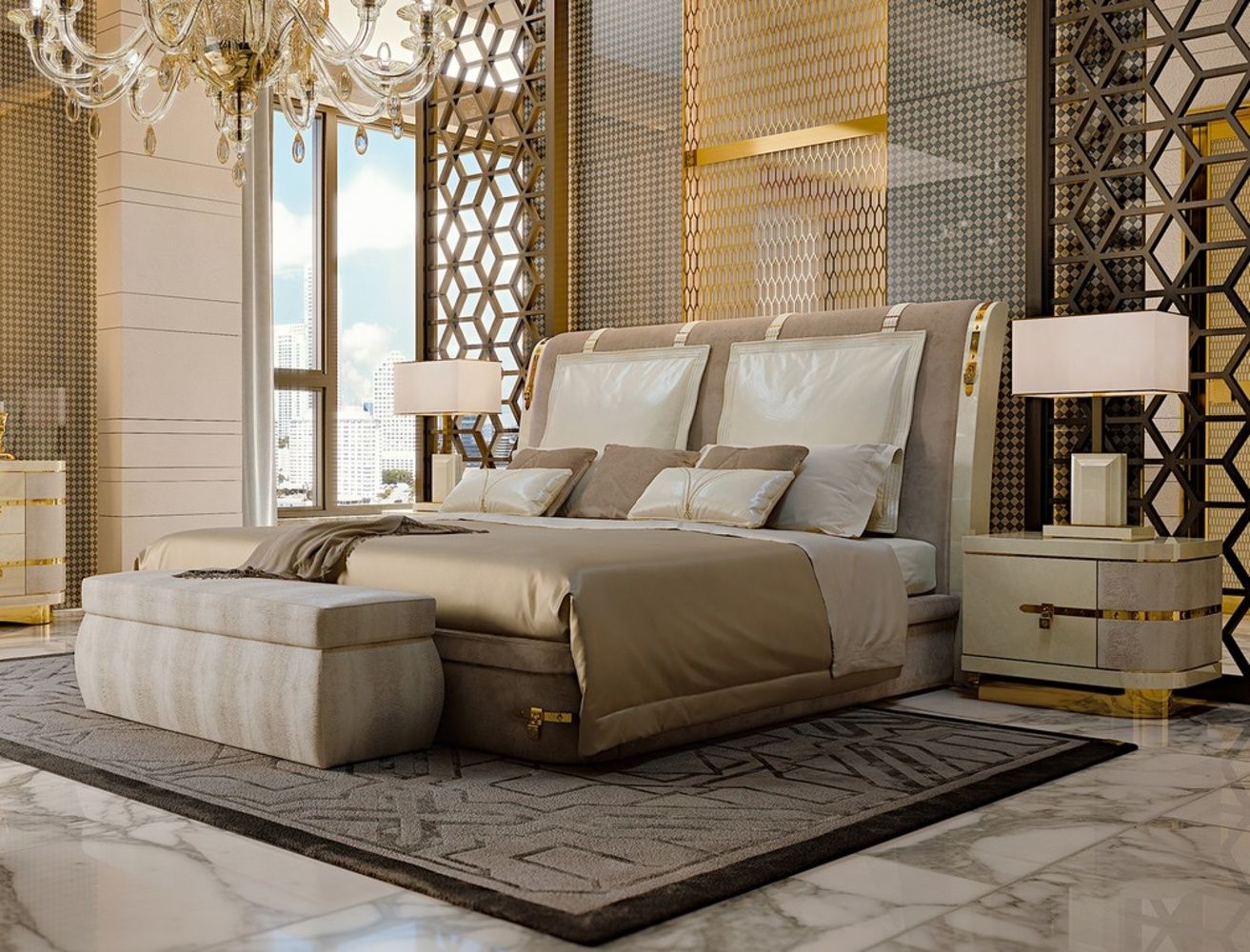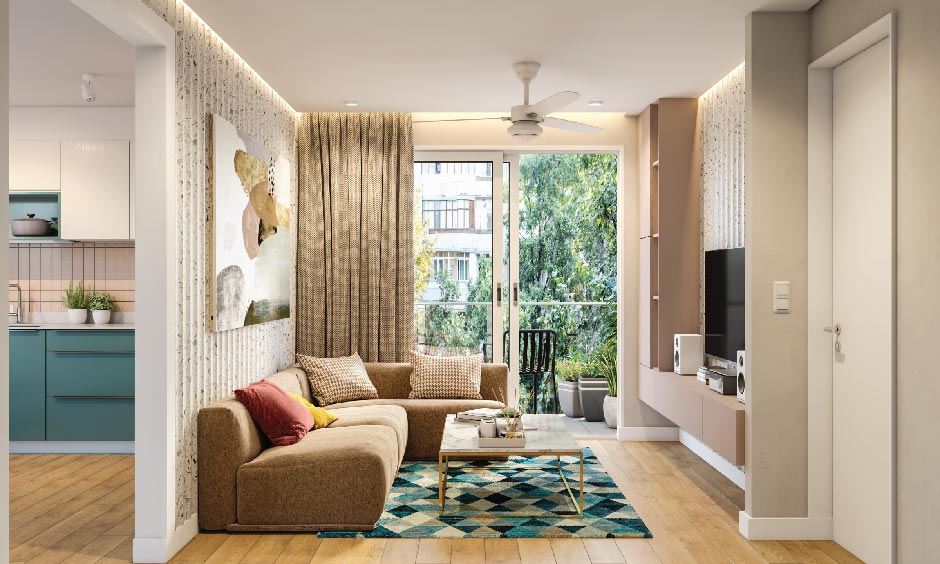Furniture is a crucial element in our everyday life, acting as essential elements, as well as a symbol of our personal style in our homes. From the seats we sat on, to the bed which we lie on to the beds in which we sleep, furniture affects how we interact with our surroundings and significantly contributes to our wellbeing and comfort. It is a crucial aspect of design for interiors, furniture surpasses the mere utilitarian aspect by displaying artistry and craft. In the past, furniture design has evolved as a result of changing fashions in the world technology advancements and personal preferences. This makes it an intriguing subject worth exploring.
The development of furniture style dates back to the ancient times and where the practical nature of furniture often dictated the design and purpose of furniture. In the beginning, furniture was built for practical use, and had minimalist designs to meet essential necessities. In the past, for instance, Egyptians built tables and stools with wood. During the same time, Greeks and Romans developed the art of furniture and incorporated materials such as bronze and marble. As the world changed as did the forms of furniture which reflected cultural norms as well as artistic trends. The Renaissance is an example. The Renaissance witnessed a change towards elaborate patterns with intricate carvings and the Industrial Revolution introduced mass production which made furniture more affordable to everyone. This context in history highlights the way furniture is a constant reflection of the changing times changing to meet the demands and preferences that were prevalent at the time.
The modern age of furniture style continues to change and modern styles are generally embracing minimalistism and practicality. In the mid-20th century, there was the beginning of a major shift in furniture design. Designers started to focus on sleek lines, organic shapes as well as a focus on material. iconic pieces like those of the Eames Lounge Chair as well as The Barcelona Chair emerged, blending the comfort of a chair with its aesthetic. Nowadays, designers have been inspired by sustainability practices in their quest to make furniture which is not only stunning but also eco-friendly. Focusing on eco-friendly products and sustainable manufacturing methods is becoming more important because consumers are becoming more aware of their effect on the natural environment. The shift in focus is a result of an increasing conscious of the link between function, design as well as ecological accountability.
Furniture plays an important influence on the overall atmosphere of an area. A well-designed furniture set can increase the ambience and contribute to feelings of peace and relaxation as well as efficiency. As an example, a thoughtfully designed living space with comfortable seats and cozy lighting could make a comfortable space to gather with family and friends. Contrastingly, a clean minimalist space will encourage concentration and imagination. Texture, color and layout all play vital parts in the overall look and function of the space. Designers often take these factors when deciding on furniture in order to find the perfect balance between design and function to accommodate demands of those who live there.

Alongside aesthetics, ergonomics of furniture has been a major aspect in recent times. Since increasing numbers of people work for long periods at home or at their desks, the need for the comfort and support offered by furniture design is now at the fore. The ergonomically-designed chairs, desks and workstations seek to alleviate physical strain and improve posture. This ultimately improves efficiency and overall well-being. The stress on health and well-being has radically changed the furniture market with customers looking for pieces that improve their physical wellbeing. The furniture industry is reacting to this need by including modern materials and features that can be adjusted in their designs to ensure that contemporary furniture fulfills the various requirements of the modern day consumer. For more information please Visit This Link
Technology’s influence in furniture design is not to be ignored as well. The growth of intelligent home technology has prompted introduction of digital elements into furniture making furniture that improves efficiency and convenience. Smart beds that can adapt to your sleeping habits and coffee tables equipped with chargers wireless, this fusion of tech and furniture design has led to the creation of new and innovative ways to live in the modern world. While we see the Internet of Things (IoT) grows the chances are that we’ll see more connected furniture designs that adapt to user’s needs instantly. The intersection of design and technology opens many possibilities in the near future for furniture that will transform our living spaces into lively spaces.
In the end, furniture serves as more than functional items to us as it’s an artistic expression that expresses tradition, time, as well as personal taste. From traditional designs to the latest developments, the advancement of furniture continues to influence our surroundings and affect our everyday lives. Its emphasis on ergonomics, sustainability as well as technology exhibits the shifting priorities of both consumers as well as designers. In the ever-changing world of our modern lives it is becoming increasingly important to think about furniture design is becoming more apparent which highlights the importance of furniture that improves the aesthetics and comfort. Furniture’s future furniture is exciting, with thrilling developments that will continue to improve our homes and lifestyles over the coming years.



